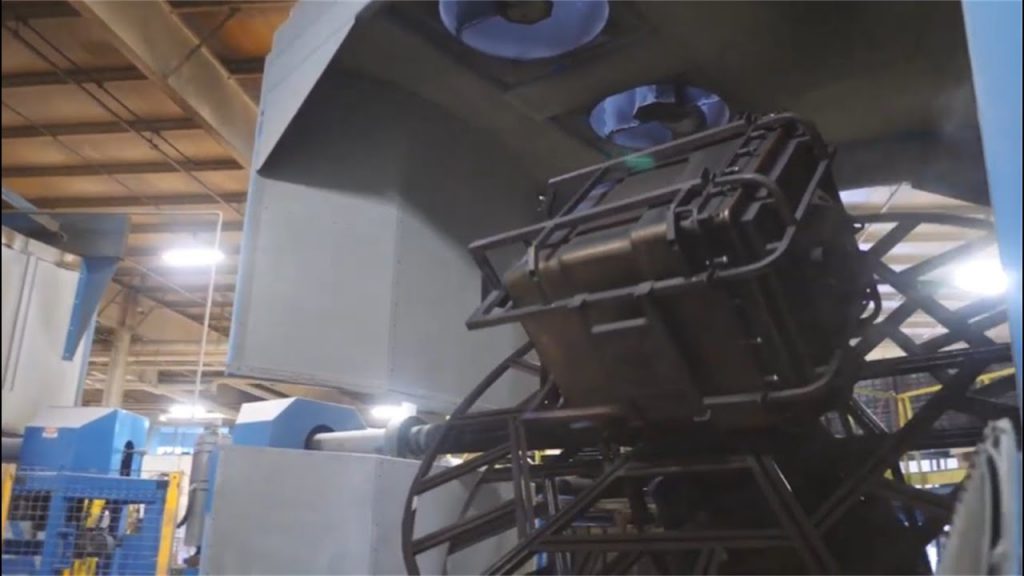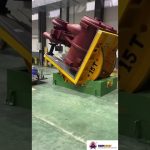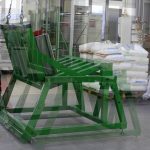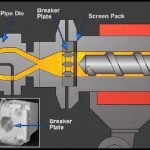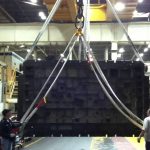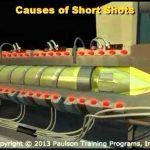[Link to Website]
---
# A Brief Education on Rotational Molding: Unveiling the Secrets behind Great Outcomes
Rotational molding, also known as rotomolding, is a versatile manufacturing process that has revolutionized the production of plastic parts. This innovative technique allows for the creation of large, hollow, and seamless objects, making it an ideal choice for various industries such as automotive, aerospace, and even toy manufacturing. In this article, we will delve into the culture, technology, and rotational molding processes that lead to exceptional outcomes. Let's explore this fascinating world together!
## The Culture and Technology behind Rotational Molding
To truly understand the art of rotational molding, we must first immerse ourselves in the culture that surrounds it. This manufacturing technique requires a unique blend of creativity, precision, and technical know-how. From the initial design concept to the final product, every step in the rotational molding process demands careful attention to detail.
One of the key factors that sets rotational molding apart from other manufacturing methods is its ability to produce large, complex shapes with ease. This is achieved through the use of specialized rotational molding machines, which we will explore in detail later. Additionally, the culture of continuous improvement and innovation within the rotational molding industry ensures that new techniques and technologies are constantly being developed to enhance the final product.
## The Rotational Molding Process: From Design to Completion
The rotational molding process can be broken down into several key stages, each of which plays a crucial role in achieving exceptional outcomes. Let's take a closer look at these stages:
### 1. Mold Preparation
The first step in the rotational molding process involves the preparation of the mold. This typically involves the creation of a mold from a master pattern, which is then mounted onto a rotational molding machine. The mold is carefully designed to accommodate the desired shape and size of the final product.
### 2. Material Loading
Once the mold is prepared, the next step is to load the appropriate material into the machine. Rotational molding can be performed using various materials, including polyethylene, polypropylene, and even PVC. The choice of material depends on the specific requirements of the product being manufactured.
### 3. Heating and Rotation
With the mold and material in place, the rotational molding machine begins its magic. The mold is heated to a precise temperature, causing the material to melt and adhere to the inner surface of the mold. Simultaneously, the mold is rotated on multiple axes, ensuring an even distribution of the molten material.
### 4. Cooling and Solidification
After the desired thickness is achieved, the mold is cooled down, causing the molten material to solidify. This cooling process is carefully controlled to ensure that the final product maintains its shape and integrity. Once cooled, the mold is opened, and the newly formed part is removed.
### 5. Finishing Touches
The last step in the rotational molding process involves any necessary finishing touches. This may include trimming excess material, adding logos or labels, or even painting the finished product. These final touches add the perfect aesthetic touch to the product, making it ready for the market.
## The Fibertech Rotational Molding Process: A Closer Look
One notable player in the rotational molding industry is Fibertech, a leading manufacturer of rotational molding equipment. Their advanced technology and innovative solutions have contributed to the success of many businesses across various industries.
Fibertech's rotational molding machines are designed to optimize the entire manufacturing process. With features such as precise temperature control, multi-axis rotation, and state-of-the-art cooling systems, their machines ensure consistent and high-quality results. Additionally, Fibertech offers a wide range of mold options, allowing for limitless possibilities in product design.
## Frequently Asked Questions about Rotational Molding
1. **Q: Is rotational molding suitable for large-scale production?**
- A: Yes, rotational molding is a viable option for both small-scale and large-scale production. Its ability to produce large, seamless parts makes it an excellent choice for many industries.
2. **Q: What are the advantages of rotational molding over other manufacturing processes?**
- A: Rotational molding offers several advantages, including cost-effectiveness, design flexibility, and the ability to produce complex shapes. Additionally, it eliminates the need for secondary assembly processes.
3. **Q: Can different materials be used in the rotational molding process?**
- A: Yes, rotational molding can be performed using various materials, including plastics such as polyethylene and polypropylene. The choice of material depends on the specific requirements of the product.
## Unlock the Potential of Rotational Molding with Fibertech
If you're ready to explore the endless possibilities of rotational molding, look no further than Fibertech. With their cutting-edge rotational molding machines and extensive knowledge in the industry, they are the go-to solution for all your manufacturing needs. Unlock the potential of rotational molding and achieve exceptional outcomes today.
**Check the upender solution with a leading manufacturer for the professional solution just here: [Link to Website]** Mold upender
